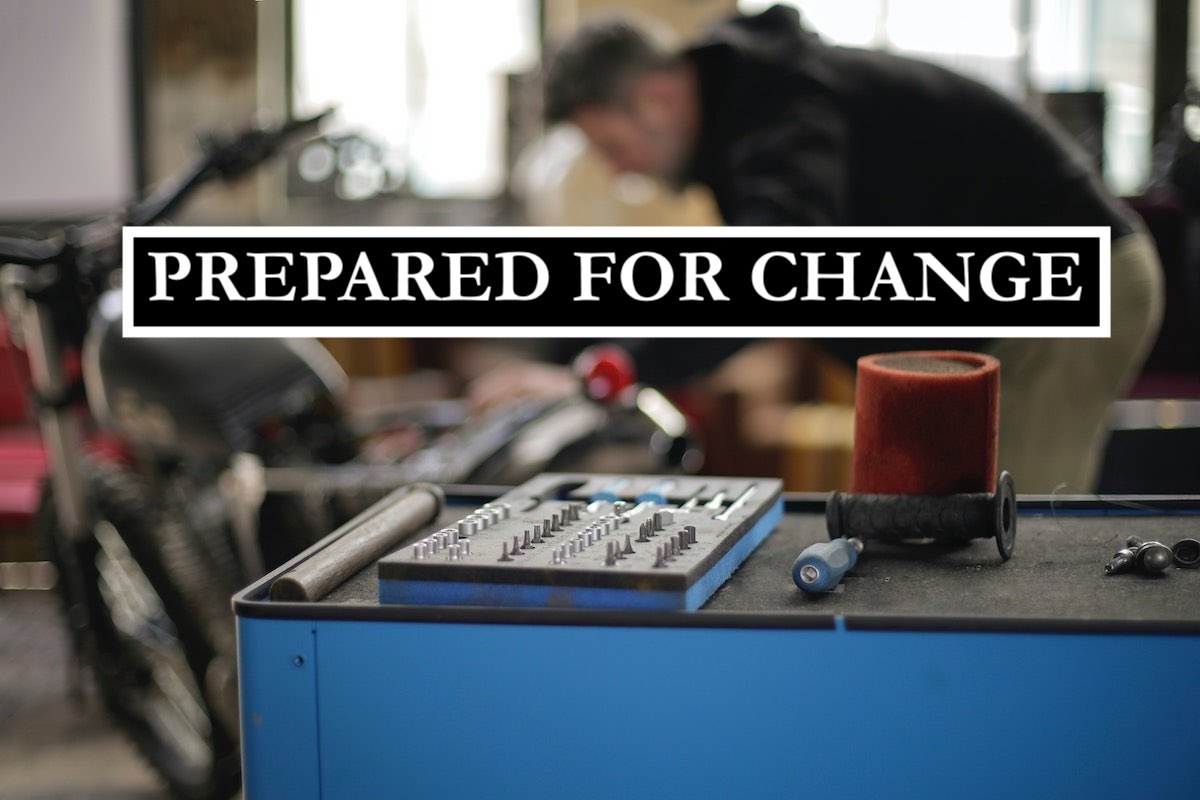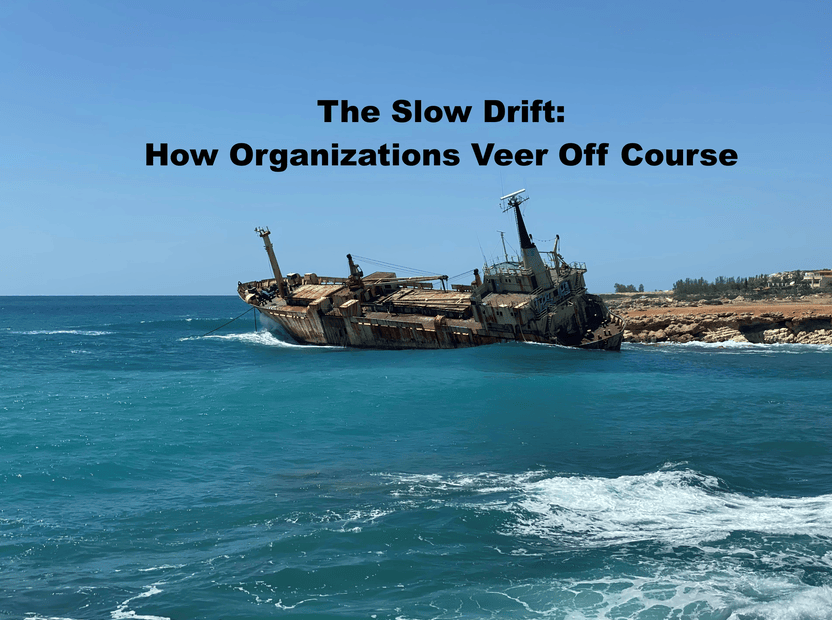For many people Covid-19 has been a crisis and something to be endured. Because it caught the world off guard, most people were not prepared for change. And yet, there were some surprising examples of courageous people with bold ideas that succeeded in nearly impossible situations; we saw how the best thrived during the worst. What was their secret? They were prepared for change.
For many people the pandemic is a time of chaos and uncertainty. But what is happening right now is not unusual. When we think about change, this is actually very normal. Despite it being quite extreme, this is life; This is change. In the midst of extreme change, it’s easy to lose perspective and overreact. It’s important to normalise what is going on right now and look for predictable patterns that occurs in all changes.
If we see this as something that we shouldn’t even be anticipating, then we approach it differently. Likewise, when we think something is temporary, we don’t prepare in the same way. It’s the difference between a hurricane and a cloud burst. During a cloud boast, you pull over and wait for it to pass by. With a hurricane, you have to prepare for an extended period of time and get ready for the worst.
In fact, people who expect disruptions thrive much better than people who are caught off guard by unexpected difficulties. In life, we should expect problems, obstacles and adversity. If we do that, then we look for opportunities differently.
Anticipating trends- prepared for change
In the earlier days of Covid-19, many businesses missed out on opportunities because they listened to bad advice, ie. that the virus would just disappear. As a result they chose to wait to see what happened rather than seizing new opportunities. When we start to understand transitions, we think about what is going on as normal and anticipate trends. I see everything that’s happening right now, in one sense, as very predictable. We can’t predict the specifics, but we can monitor the trends and adapt accordingly, rather than waiting back, or worse yet, entering a state of paralysis and shock.
Process of change
What makes change most difficult is the transition from how things used to be and from how they might be. Currently, the entire world is going through the ‘in between’ phase: every person, employee, leader, business and country. We are all precariously poised between the past that we knew and the unknown future. Situated in limbo, we must evaluate our mindset, our beliefs and our actions. We must ask ourselves:
• How are we waiting?
• Are we adapting?
• Are we anticipating?
The kind of actions that we take in this time helps us to be prepared for change and is essential for our future success, and even success in the midst of the transition.
How to get prepared for change
First of all, we must have a good understanding of what the stages of transition look like. If we use the pandemic as our guide, the early days of it were ‘stage one’. Some people didn’t believe it was happening and others were shocked. People were anxious, worried and frantically buying toilet paper. However, we don’t see that now. That was a very predictable kind of response for ‘stage one’.
What’s fascinating is that in ‘stage one’, you may have anxiety and worry, but you also have positive feelings. People were hopeful and supportive. “Come on everybody, we’re going to get through this together!” These kind of comments and feelings are representative how people feel during “stage one.” In stark contrast is how people feel today. After a year of living in the pandemic, people’s feelings and actions have changed.
Limbo of ‘stage two’
The limbo that we’re currently in indicates ‘stage two’, which is by far the hardest of any change. What we’re seeing right now with the second stage is that we still have the same level of anxiety and worry, but in addition, many people are exhausted, burned out, stressed and experiencing high levels of frustration. A new term has entered our vocabulary- zoom fatigue, as we go from one virtual meeting to the next. There is another striking difference between Stage One and Stage Two; the positive feelings are gone. Many people experience feelings of hopelessness, accompanied with depression and despair.
So what do we do? We need to be prepared for change. ourselves. We may not have known the specifics, but we know the nature of this period of the change process. It’s a difficult and protracted time, but it’s important to keep in mind that it’s temporary and part of the process.
The new beginning
Stage three is the ‘new beginning’, when this is all over. Right now, we should be speculating and anticipating what the future will look like. Most certainly, the ‘new beginning’ will be a hybrid of the old and the new, of virtual meetings and live. No doubt, it’s going to be complicated.
The sad reality is that some people will not be ready for the new reality; There will be people who won’t make it through; undoubtedly there will be people who are stuck back in ‘stage one’, waiting for something that is no longer there. We will not go back. We will go to something different. This is very predictable. Prepare for change by preparing yourself for something new. When we talk about resilience, a lot of people incorrectly say “we’re going to be bounce back.” No, we’re not, but we’re going to learn to bounce again.
Seizing opportunities
By far, the most difficult and the most important of the three stages is the limbo of ‘stage two’. Those who utilise and embrace this stage, instead of resisting it, are the people who are seizing opportunities and being prepared for change. We can best use this time by learning new skills, new technology and connecting with about our people.
For more information on change and transition, check out Perpetual Pivot: How the Best Leaders Adapt to Exponential Change.





